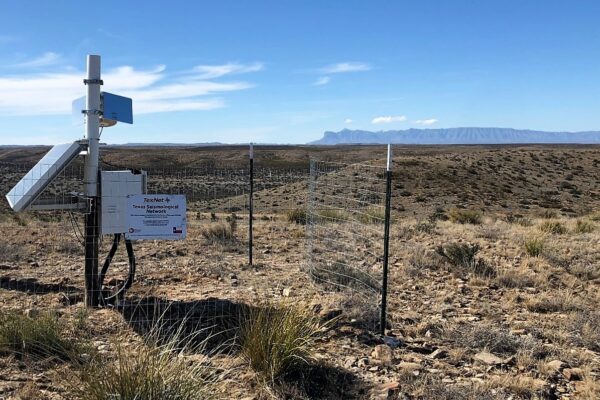Editor’s Note: Last month, North Carolina’s lawmakers passed House Bill 2 which requires people to use the public bathroom that matches the gender on their birth certificate. On Tuesday, the 4th U.S. Circuit Court of Appeals ruled in a separate Virginia case that public school students have the right to use the facilities of their self-identified gender.
Eric Grant, a Secondary English Language Arts and Social Studies Curriculum Specialist, shares his thoughts on how HB2 has affected students in his district and the wider school community.
She’s a beautiful girl. Not so different, really, from so many of her classmates. Not so different from students I encounter every day in my work with schools across our district. Of course, it would be a huge mistake for her to walk into a middle school boy’s bathroom. However, according to North Carolina’s House Bill 2 (HB2) that is where she belongs.
Her school record identifies her as female and by her female name; her birth certificate identifies her as a male. Her teachers see her for who she is, but legislators in the North Carolina State House who have never and will never meet her have labeled her as something different.
HB2, the “Bathroom Bill,” mandates that a person may only use facilities that match their biological sex. According to HB2, “The physical condition of being male or female, which is stated on a person’s birth certificate.” The justification for this is safety — keeping men from women’s restrooms. In reality, though, this marginalizes a minority population, again. Like North Carolina’s Amendment 1, which banned same-sex marriage, and like the era of Jim Crow, it fits in with a long history of discriminatory public policy.
Of course an obvious solution is to allow her to use gender-neutral faculty restrooms. But what kind of signal is that sending to the student?
The signal our state legislature is sending to that student and to all students runs exactly contrary to the message I have been sending to students every day of my career. It runs contrary to the very reason I, like so many of my colleagues, chose to become an educator in the first place. That message is simple: My goal is your success, no matter who you are.
Pressure from peers, from parents, from community can be particularly hard at this age. I can tell you this because I have read student journals and counseled those who are trying to come to terms with their sexuality and their identity. I can also tell you this because many of those students have become successful young adults and come back to thank me for my acceptance and love.
As you can imagine, in recent conversations with students about the “bathroom bill,” I have heard a variety of perspectives. Some buy in to the rhetoric around safety, some simply do not understand why someone would want to change genders, but other students view it as a “hate law” aimed at hurting people because they are different. The most passionate, though, are those students who know a person directly affected. They see it as state sanctioned bullying.
And these students know bullying. They have been taught since elementary school to identify this behavior and to speak out against it. To stand up against a person or group that preys on someone they perceive to be different.
North Carolina Gov. Pat McCrory, who signed the bill into law on March 23, 2016, is backpedaling. He issued an executive order prohibiting discrimination based on sexual orientation or gender identity, and he will seek legislation that will “reinstate the right to sue in state court for discrimination.” While I see this as a positive response to a national outcry and may help prevent the loss of thousands of jobs, in many ways, significant damage has already been done to our schools and youngest citizens.
Eric Grant taught high school English and World Studies for 15 years and was the 2011 North Carolina District 8 Teacher of the Year. He lives in Asheville, North Carolina.
Popular News




Current News
Manufacturing

Collaboratively administrate empowered markets via plug-and-play networks. Dynamically procrastinate B2C users after installed base benefits. Dramatically visualize customer directed convergence without
Collaboratively administrate empowered markets via plug-and-play networks. Dynamically procrastinate B2C users after installed base benefits. Dramatically visualize customer directed convergence without revolutionary ROI.





About Us
Tech Photos

























